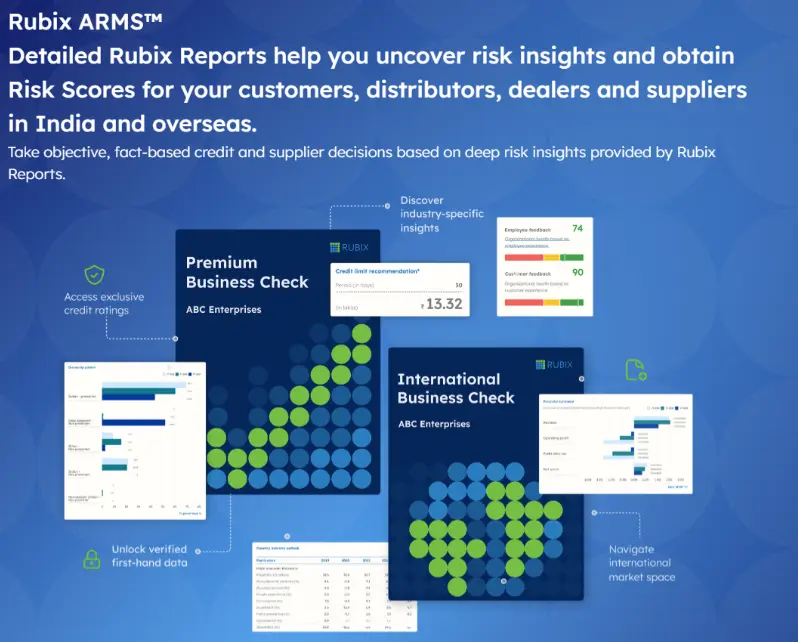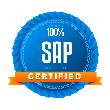Supply Chain Finance
Why Supply Chain Finance Success Depends on CFO-CSCO Partnership - The 2025 Guide.

Supply Chain Finance (SCF) is no longer just a back-office function. it’s now central to how businesses stay resilient and agile. Yet, the CFO-CSCO partnership it depends on is still evolving. According to EY’s 2024 research, 88% of supply chain leaders say their C-suite still sees the supply chain as a cost center, a regression to pre-pandemic thinking. Only 12% of CFOs have actively taken on supply chain responsibilities. And in a recent LeanDNA survey, 99% of executives admitted that supply chain leaders struggle to communicate their value clearly. The result? Operations and Finance Functions continue to chase different goals, even when they agree on the destination.
If you work in a company managing high volumes and extended payment cycles, you’ve probably experienced the tension firsthand. CFOs and Chief Supply Chain Officers (CSCOs) often find themselves at odds over investment priorities. One is concerned about cash flow and margins. The other wants smoother procurement, shorter lead times, and resilience at any cost. Yet, both want what’s best for business.
A Real (But Hypothetical) Problem: When Numbers Meet Operations
Let’s consider a real-world-like scenario. A large consumer goods firm signs a million-dollar deal with a national distributor. To support the scale, the finance team rolls out a Supply Chain Finance solution in partnership with a major SCF Platform. The objective is simple: extend buyer payment terms without hurting supplier liquidity.
The CFO is on board. But the CSCO raises concerns. The dashboard looks fine, but for him, it’s just another fintech tool that has no visible impact on operations. He works closely with procurement and suppliers. These relationships matter. He knows who needs better terms, who’s already stretched, and which vendors are crucial for continuity.
While the CFO focuses on cash flow and cost savings, the CSCO is looking at OTIF (On-Time In-Full delivery), lead time stability, and supplier trust. Both want what’s best for the business, but they’re measuring success differently. This is where Supply Chain Finance can play a bigger role. With supplier segmentation, flexible payment windows, and real-time data, the platform can meet both financial and operational needs. It can help prioritise key vendors and align terms without disrupting existing flows.
Why CFO-CSCO Alignment Is Essential
In today’s volatile world, alignment between CFOs and CSCOs is not a ‘nice-to-have’ anymore, rather essential. With geopolitical uncertainty, inflation cycles, and ongoing logistics disruptions, businesses need unified responses to external shocks.
1. Responding to Volatility Requires Shared Playbooks
Interest rates don’t wait for board meetings. Neither do shipping delays or regulatory changes. That’s why SCF tools that unify supply chain and finance data are becoming essential. When both functions operate on shared, real-time information, they can respond faster and smarter. For instance, modern SCF platforms offer predictive modeling that helps forecast not just cash flows, but also inventory disruptions.
2. Digital Transformation Needs Joint Investment Decisions
The push for digitalization in supply chain is intense. But not every tech solution is worth the spend. This is where the CFO-CSCO partnership becomes strategic. When both evaluate solutions together, they can filter out tech that only adds complexity and focus on platforms that create measurable value. Integrated Planning Systems help map every cost across the production cycle—from procurement to delivery, so both sides know what’s working.
3. Sustainability Needs Cross-Functional Buy-In
Environmental compliance and sustainability targets are non-negotiable in 2025. Yet, the upfront costs often make CFOs hesitant. At the same time, CSCOs must account for supplier behavior and logistics footprints. SCF offers a smart middle ground. Tools like green financing and dynamic discounting let companies incentivize sustainable practices without disrupting cash flow. It’s a win-win, but only if both sides are aligned on goals and metrics.
4. Risk Management Needs Two Lenses, Not One
Disruptions don’t always start with financial red flags. Sometimes, it’s a missed shipment from a Tier-2 supplier in a high-risk geography. When CFOs and CSCOs co-create risk frameworks, they catch more signals early. Joint dashboards with heat maps, payment risk scores, and supply volatility indexes create shared visibility. This way, finance isn’t left guessing and ops isn’t blindsided.
Companies that get the CFO-CSCO equation right outperform. According to Gartner, organizations with strong alignment between finance and supply chain see EBITDA grow by over 5% annually. That’s not a rounding error. That’s strategy in action.
Here’s how successful partnerships tend to work:
- Integrated Business Planning
Forget spreadsheets. Integrated Business Planning (IBP) platforms connect finance, supply chain, and sales data in one place. This gives leaders a single source of truth for scenario planning. Whether it’s for festive season demand spikes or supplier shutdowns.
- Optimized Working Capital
Smart supply chain finance solutions, like reverse factoring or dynamic discounting, let CFOs free up working capital while CSCOs maintain steady inventory flows. When both teams work together to identify vendors with favorable payment terms, they unlock significant value without sacrificing operational reliability.
- Real-Time Communication and Governance
Alignment can’t happen without dialogue. That’s why regular CFO-CSCO check-ins, shared Objectives and Key Results (OKRs), and cross-functional projects matter. It’s about creating a common language where “cost savings” and “delivery excellence” aren’t seen as trade-offs but shared outcomes.
Collaboration between Modern CFOs and CSCOs is powered by technology that’s less about dashboards and more about decisions. These tools don’t just improve efficiency. They create shared visibility which perhaps is the most valuable currency in cross-functional leadership.
Here are some critical enablers:
- Cloud-based SCF platforms that allow real-time data sharing across departments
- Automation tools that reduce manual reconciliation and accelerate invoice approvals
- Predictive analytics that help identify cost hotspots and optimize supplier portfolios
- AI-based procurement platforms that recommend vendors based on both price and reliability
- Integrated dashboards measuring cash flow impact, sustainability scores, and lead time improvements
CFOs and CSCOs may start from different goals, but they’re heading to the same destination, sustainable growth. When they collaborate deeply with shared KPIs, incentivizing outcomes, they transform supply chain finance from a cost-saving tactic into a competitive advantage. In 2025, your SCF success won’t just depend on the platform you choose, rather it will depend on how well your finance and supply chain leaders walk together. Not side by side, but hand in hand.







